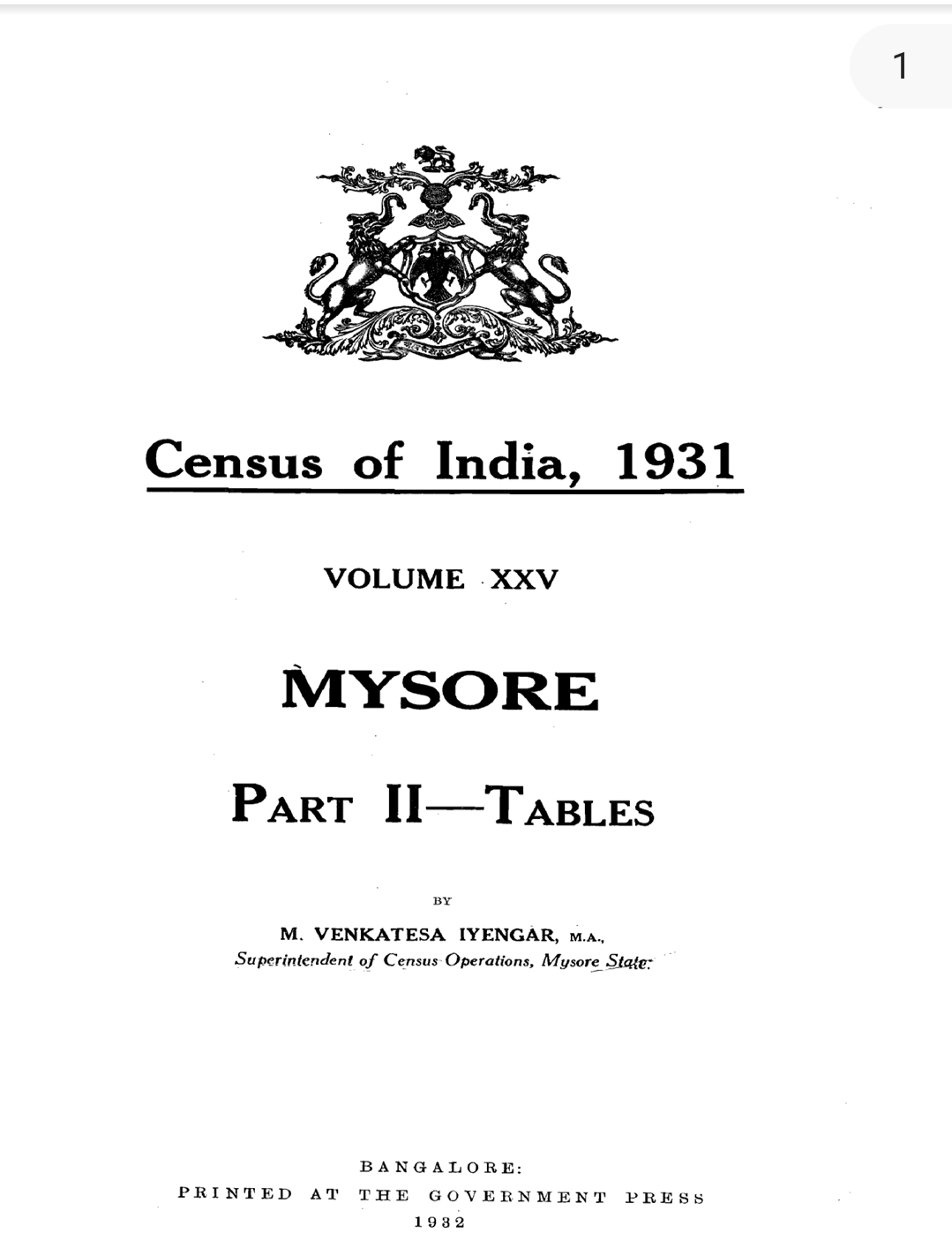Cotton 56, Polyester 84, Silk 100 – "But Our Sweat Is Priceless.”
A tribute to the invisible hands that wove the fabric of India. India's textile industry has a long and rich history, dating back centuries, with handloom weaving being an integral part of the cultural and economic fabric of the nation.
However, during the colonial period, especially in the 18th and 19th centuries, textile workers experienced dramatic shifts in their livelihoods. These changes were driven largely by British colonial policies and the Industrial Revolution in England.
"In every handloom fabric lies the heartbeat of a weaver and the legacy of generations."
Before British rule, Bharat was known globally for its high-quality cotton and silk fabrics, Silk sarees from Mysore, Kanchi and Banaras, muslin from Bengal and Chintz from Gujarat. The weavers, belonging to hereditary communities thrived under patronage systems and local markets.
"Powerlooms empower industry, bringing textiles to every home and hand."
However, with the advent of British colonialism, India’s flourishing handloom sector was systematically dismantled. British policies favored the import of cheap, machine-made textiles from Manchester and Lancashire, which flooded Indian markets. This led to the collapse of traditional weaving communities, plunging thousands of weavers into poverty.
In the late 19th and early 20th centuries, textile mills began emerging in Bengaluru, Mumbai, Ahmedabad, and Chennai While this provided employment to many displaced weavers, the working conditions in these mills were harsh. Workers, including women and children, toiled long hours in unsafe environments for meager wages.
Despite these challenges, textile workers played a crucial role in the nationalist movement. The Swadeshi Movement (1905) and Gandhi’s Khadi campaign inspired workers to boycott foreign cloth and return to indigenous production. Many mill workers joined strikes and protests, demanding fair wages, better conditions, and Indian ownership of industries.
Textile workers in pre-independence India were more than just laborers,they were symbols of resistance, self-reliance, and national pride. Their struggles laid the foundation for India's labor rights movement and the eventual revival of indigenous crafts after independence.
"Behind every textile is a story—of the weaver, the community, the land."





Comments
Post a Comment